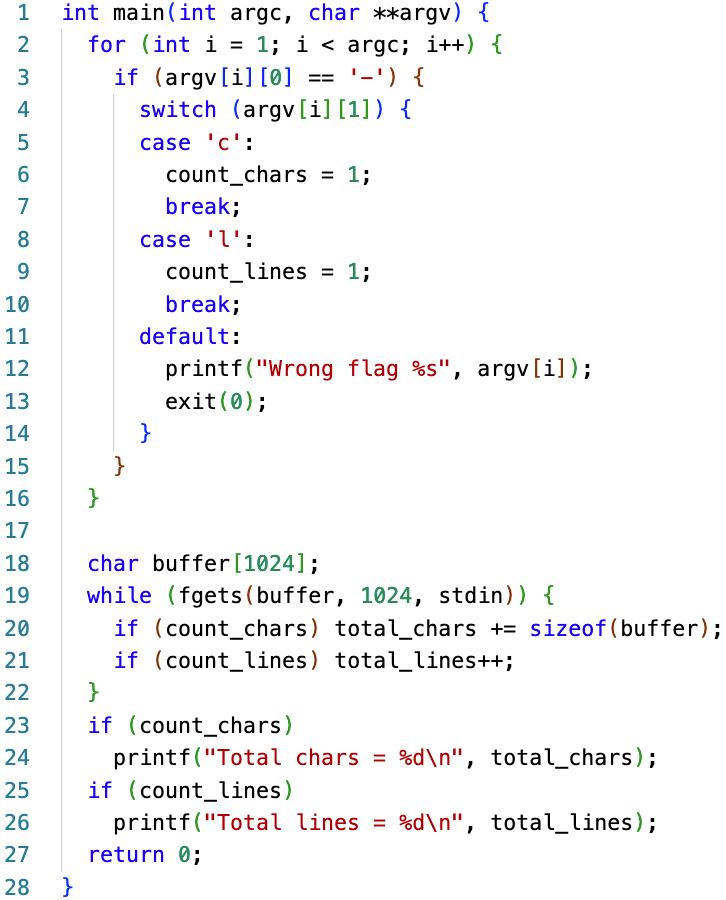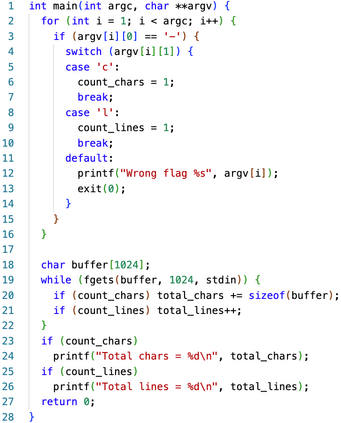Researchers have recently devised tools for debloating software and detecting configuration errors. Several of these tools rely on the observation that programs are composed of an initialization phase followed by a main-computation phase. Users of these tools are required to manually annotate the boundary that separates these phases, a task that can be time-consuming and error-prone (typically, the user has to read and understand the source code or trace executions with a debugger). Because errors can impair the tool's accuracy and functionality, the manual-annotation requirement hinders the ability to apply the tools on a large scale. In this paper, we present a field study of 24 widely-used C/C++ programs, identifying common boundary properties in 96\% of them. We then introduce \textit{slash}, an automated tool that locates the boundary based on the identified properties. \textit{slash} successfully identifies the boundary in 87.5\% of the studied programs within 8.5\ minutes, using up to 4.4\ GB memory. In an independent test, carried out after \textit{slash} was developed, \textit{slash} identified the boundary in 85.7\% of a dataset of 21 popular C/C++ GitHub repositories. Finally, we demonstrate \textit{slash}'s potential to streamline the boundary-identification process of software-debloating and error-detection tools.
翻译:暂无翻译






